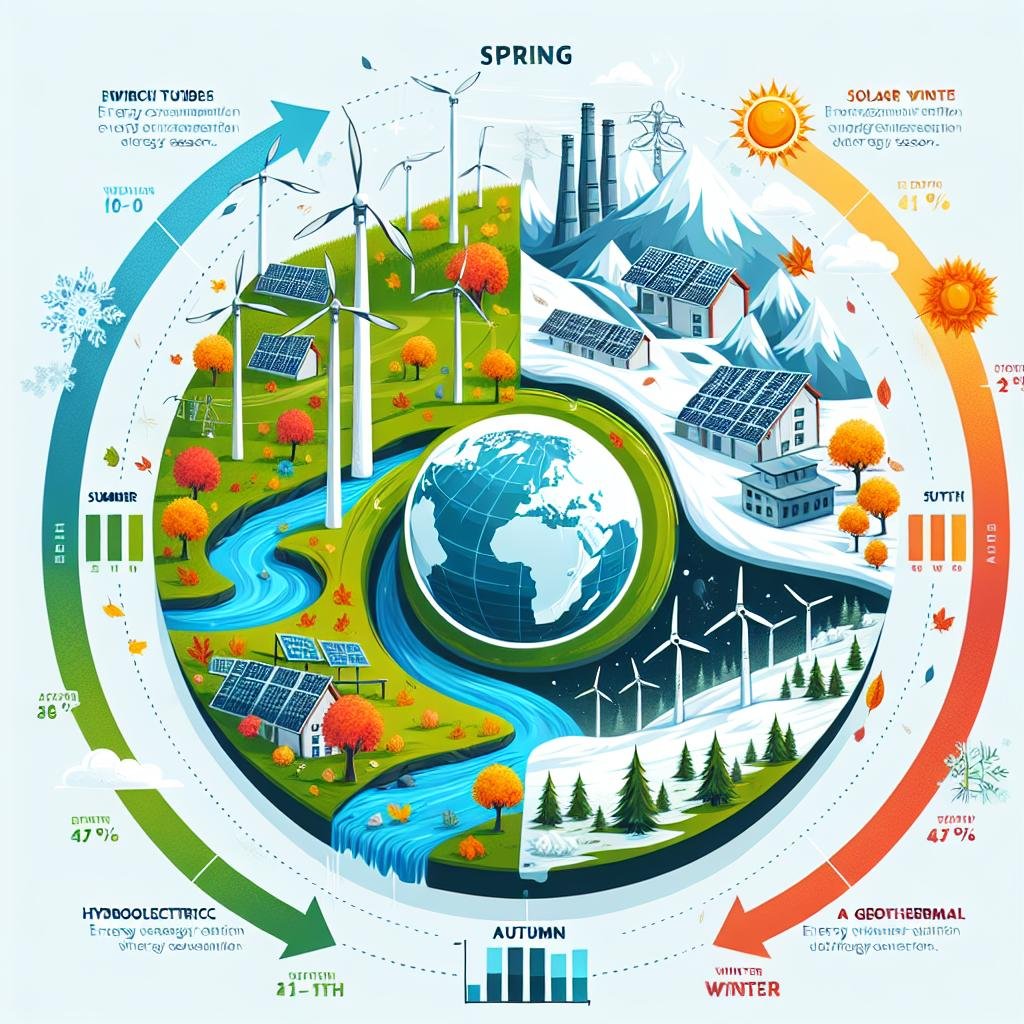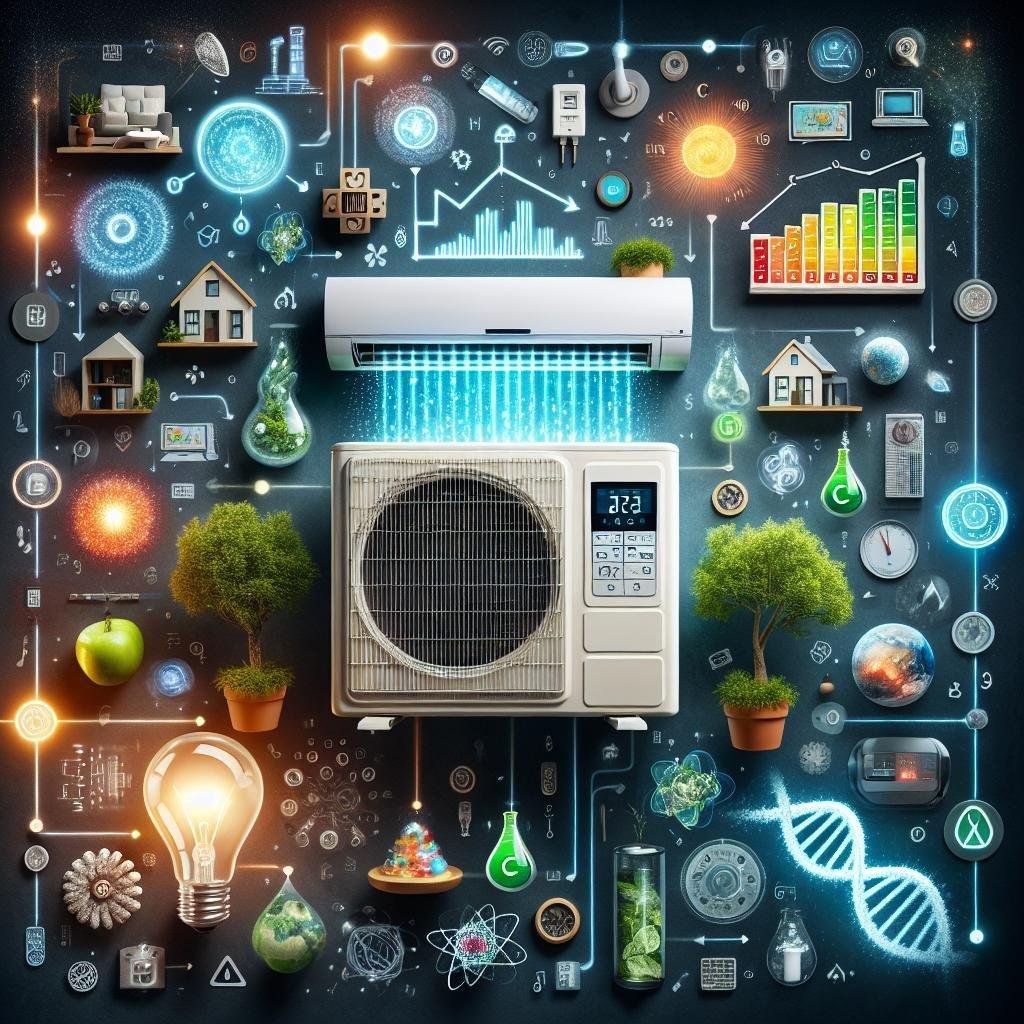Are you tired of sweating through sweltering summers and shivering through icy winters? Have you been considering upgrading to a more efficient Mini Split AC system but aren’t sure if the investment is worth it? Well, fret no more! In this article, we will guide you through how to calculate the potential energy savings of upgrading to a more efficient Mini Split AC system. Say goodbye to high utility bills and hello to a more comfortable and cost-effective home environment. Let’s dive in and discover the savings waiting for you!
Estimating Your Energy Bill Transformation with a Mini Split Upgrade
One of the most enticing aspects of upgrading to a more efficient Mini Split AC system is the potential for significant energy savings. To gauge this, start by analyzing your current energy bills. Identify the portion attributed to your existing HVAC system’s usage. Next, research the SEER (Seasonal Energy Efficiency Ratio) rating of your current unit in comparison to the Mini Split you are considering. Mini Splits generally have higher SEER ratings, indicating they use less energy to cool the same amount of space. Calculate the difference in expected energy consumption to estimate potential savings.
Transforming your energy costs can also be visualized through a simple comparison table. Consider the following template:
| Current HVAC System | Proposed Mini Split |
|---|---|
| SEER Rating: 14 | SEER Rating: 22 |
| Monthly Cost: $200 | Estimated Monthly Cost: $127 |
These differences, though they might seem minor at first, accumulate over time leading to substantial annual savings. Plus, consider supplementary savings such as reduced maintenance costs and possible rebates or tax credits for energy-efficient upgrades.

Understanding the Efficiency Metrics that Matter Most
To effectively measure the potential energy savings when upgrading to a more efficient Mini Split AC system, first familiarize yourself with core efficiency metrics like Seasonal Energy Efficiency Ratio (SEER) and Energy Efficiency Ratio (EER). These indicators are crucial as they reveal how well the unit uses energy under certain conditions. Typically, higher SEER and EER ratings correspond to lower energy consumption, which translates into tangible savings on your electricity bill.
When comparing different models, consider making a quick apples-to-apples comparison by noting important features like variable speed compressor or intelligent thermostat compatibility. These elements often provide additional energy savings. Moreover, integrating your AC system into smart home ecosystems can lead to more customized and energy-efficient cooling solutions. Here’s a simple comparison table for different models:
| Model | SEER Rating | Annual Savings |
|---|---|---|
| Model A | 18 | $120 |
| Model B | 20 | $150 |
| Model C | 22 | $180 |
- SEER Rating: Indicates seasonal energy efficiency.
- EER Rating: Measures efficiency at peak conditions.
- Annual Savings: Estimated yearly savings in dollars based on average use.

Smart Tips for Accurate Energy Savings Calculations
One of the first steps in calculating potential energy savings from upgrading to a more efficient Mini Split AC system is to determine your current energy consumption. Begin by checking your last year’s energy bills to find out the total power usage dedicated to your current air conditioning. Once you have these figures, compare them with the energy consumption rates of the more efficient Mini Split systems you’re considering. Energy efficiency ratings (like SEER, Seasonal Energy Efficiency Ratio) and the capacity of your space (measured in BTUs) will be crucial here. Make sure to account for other influential factors such as:
<ul>
<li>Climate zone</li>
<li>Insulation quality</li>
<li>Window types and placements</li>
<li>Occupancy patterns</li>
</ul>
Another essential tip is to calculate the cost per kilowatt-hour (kWh) of electricity in your area and use this figure to estimate potential monetary savings. Create an evaluation chart comparing the annual energy consumption before and after the upgrade. Here's a simple table to guide you:
<table class="wp-block-table">
<thead>
<tr>
<th>Period</th>
<th>Old System (kWh)</th>
<th>New System (kWh)</th>
<th>Cost Savings ($)</th>
</tr>
</thead>
<tbody>
<tr>
<td>Annual</td>
<td>5,000</td>
<td>3,000</td>
<td>$200</td>
</tr>
<tr>
<td>Monthly</td>
<td>417</td>
<td>250</td>
<td>$17</td>
</tr>
</tbody>
</table>

Making the Most of Seasonal Variations in Energy Consumption
Understanding how seasonal variations impact energy consumption is crucial for optimizing your Mini Split AC system and reaping substantial savings. During the summer, air conditioning demands can spike dramatically, leading to higher energy consumption. On the other hand, in milder seasons, such as spring and fall, the demands on your system are less intense. By upgrading to a more efficient Mini Split AC, you can harness these variations to your advantage and achieve substantial savings. Upgrades can reduce energy wastage by better matching the cooling power to the immediate need, employing advanced technologies that adjust to seasonal demands.
Key Strategies:
- Implement smart thermostats to automate adjustments based on seasonal changes.
- Utilize zoning capabilities to cool different areas only when needed.
- Engage in regular maintenance to ensure the system operates efficiently year-round.
| Action | Estimated Savings |
|---|---|
| Upgrade to High-Efficiency Mini Split AC | 20-30% |
| Use Smart Thermostats | 10-15% |
| Implement Zoned Cooling | 15-20% |
The advantages don’t stop there. Leveraging seasonal variations means you can better anticipate your energy needs and adjust usage accordingly. During harsher winters, a more efficient Mini Split AC can provide robust supplemental heat, reducing reliance on less efficient heating systems. Enhanced insulation and weatherproofing during colder seasons can further minimize energy loss. Coupled with timely upgrades, these practices ensure that your Mini Split AC system becomes an integral part of your energy-saving strategy throughout the year.
Pro Tips:
- Enhance insulation to reduce heat loss in winter.
- Ensure outdoor units are shielded from extreme weather conditions.
- Regularly update system firmware for optimal performance.
Q&A
Q: What exactly is a Mini Split AC system, and why would I even consider upgrading?
A: Great question! In a nutshell, a Mini Split AC system is a type of air conditioning system that comprises an outdoor compressor/condenser and one or more indoor air-handling units. Think of it as a streamlined, super-efficient way to keep your home cool. Upgrading can save you a ton of energy and money in the long run. Not to mention, you’ll be doing Mother Nature a solid by reducing your carbon footprint! 🌍
Q: Sounds promising! How do I start calculating the potential energy savings if I decide to upgrade?
A: First things first, you’ll need your current electricity bill handy, particularly the part that shows your kilowatt-hour (kWh) usage for cooling. Got it? Awesome! Now, here’s your step-by-step guide:
-
Identify Current Usage: Check your bill to find the average monthly kWh used for air conditioning.
-
Understand SEER Ratings: Compare your current system’s Seasonal Energy Efficiency Ratio (SEER) with that of the new Mini Split AC you’re eyeing. The higher the SEER rating, the more efficient the unit.
-
Do Some Math Magic: Calculate your potential savings by using this formula:
[[
text{Energy Savings} (text{kWh}) = left( frac{text{Current System’s SEER}}{text{New System’s SEER}} right) times text{Current Usage in kWh}
] -
Convert to Dollar Signs: Multiply the kWh savings by your local electricity rate to translate those numbers into money saved! 🎉
Q: That sounds doable! But how accurate is this method?
A: While this formula provides a solid estimate, keep in mind that it’s based on average usage patterns and some generalities. Variations in your home’s insulation, weather conditions, and personal habits can tweak the numbers a bit. However, it’ll give you a clear picture of the potential savings and whether an upgrade is worth it.
Q: Are there any other hidden benefits to making the switch?
A: Absolutely! Aside from slashing your energy bills, a more efficient Mini Split AC system usually equals better air quality, quieter operation, and advanced features like smart thermostats. Plus, many newer models even come with rebates or incentives, making that upfront investment more palatable.
Q: What if I’m on the fence about all this math—are there any tools to help?
A: Oh, for sure! Quite a few online calculators can do the heavy lifting for you. Some even let you input factors like your region’s climate, your home’s insulation quality, and more. A quick search for “AC energy savings calculator” should pull up some handy tools. Better yet, some local energy companies offer personalized audits and recommendations.
Q: This is so helpful! Any final advice before I take the plunge?
A: Yes—do your homework! Research different brands, read customer reviews, and consult with a certified HVAC professional. They can give you the lowdown on equipment efficiency, potential rebates, and whether the system you’re considering is the best fit for your home.
By making an informed decision, you can bask in the comfort of your cooler home and the extra cash in your pocket. Double win! 💸❄️
In Conclusion
As we draw the curtains on our journey through the world of Mini Split AC systems and potential energy savings, remember this: every kilowatt saved today is a step towards a greener tomorrow. The path to an efficient and eco-friendly home is paved with smart choices, and upgrading your AC system is a stellar move.
With your newfound ninja-like ability to calculate potential savings, you can now slice through those energy bills with precision and flair. Your wallet and the planet will undoubtedly thank you.
So go ahead, breathe deep, feel that whisper of cool, efficient air, and pat yourself on the back for being both a savvy saver and an eco-warrior. After all, your home’s comfort should be nothing less than legendary, and your energy use smarter than ever. Stay cool, my friends, and may your future be as bright and efficient as your new Mini Split AC system!

